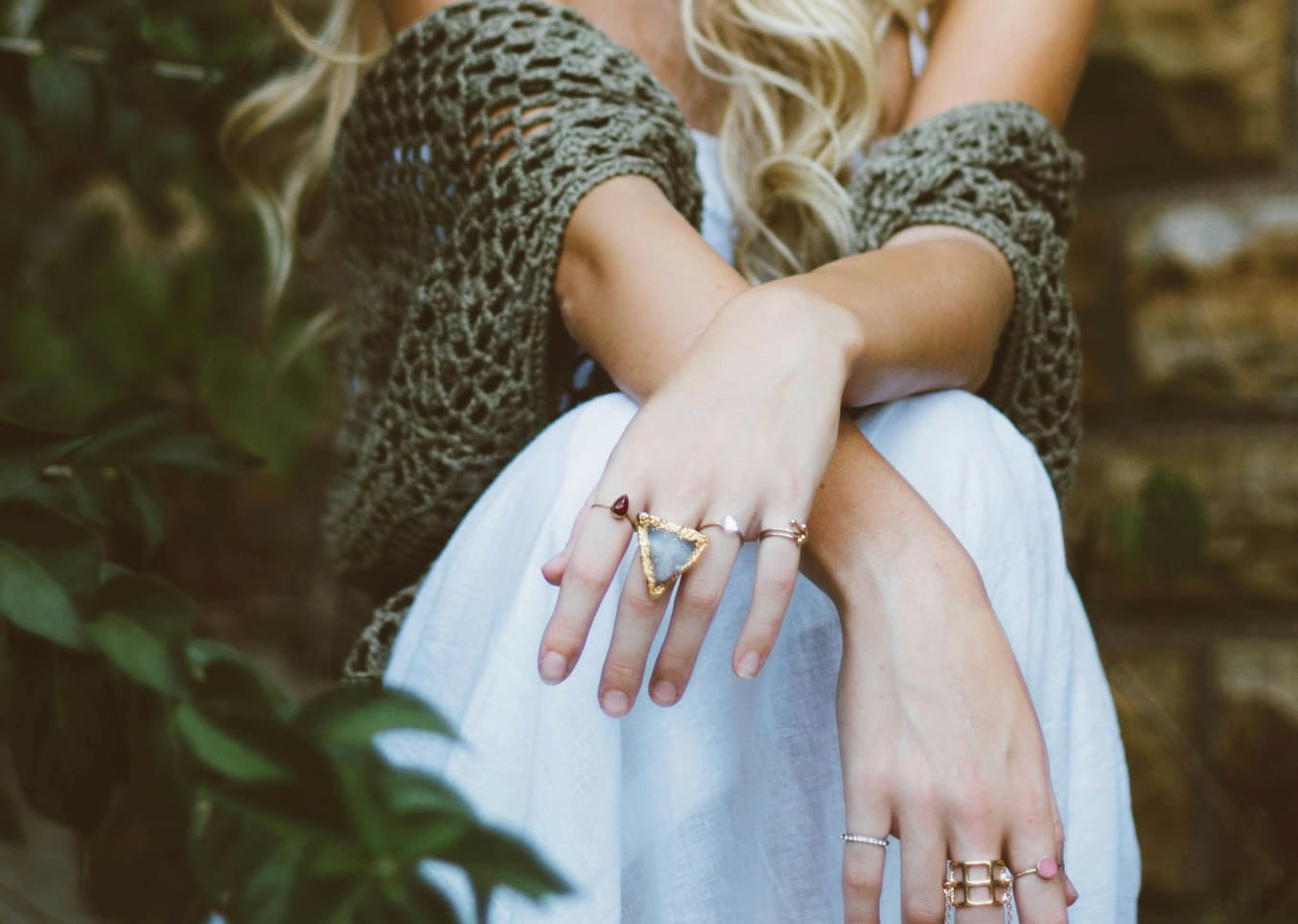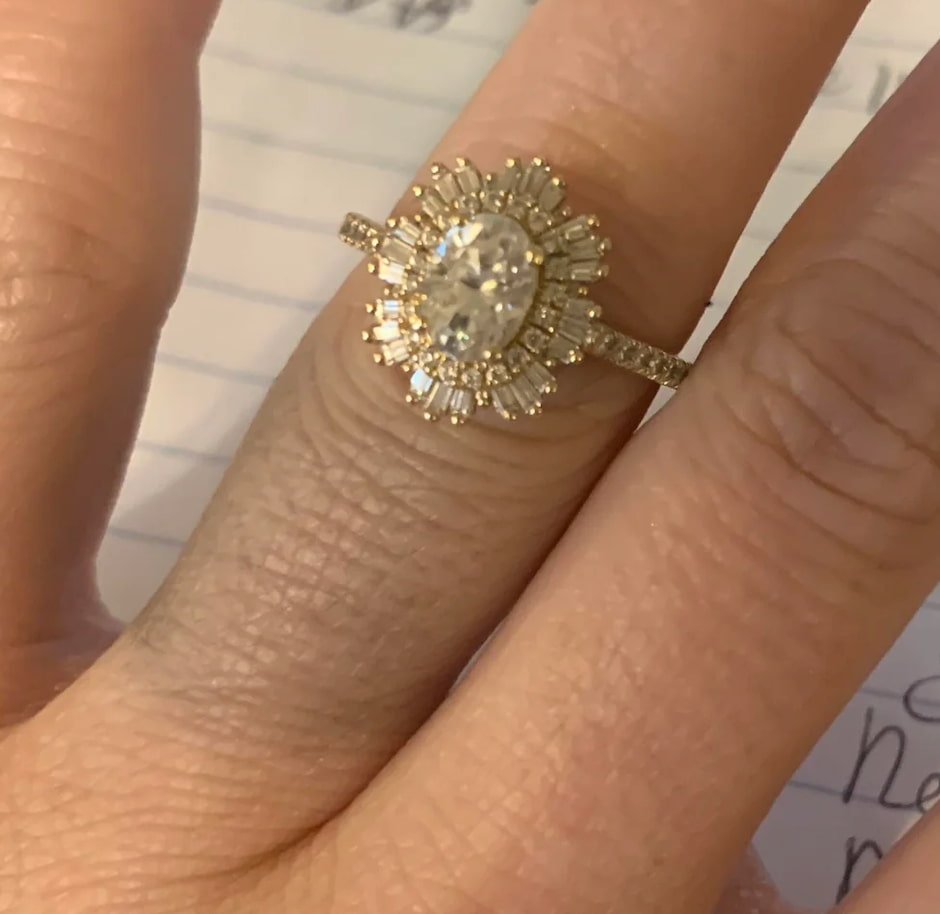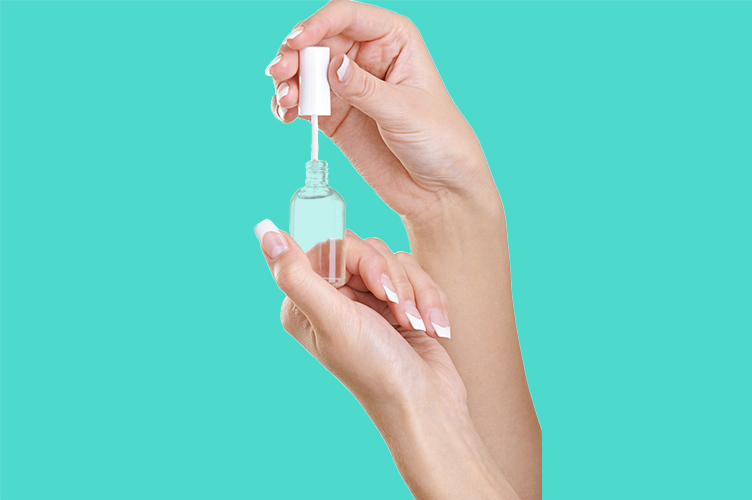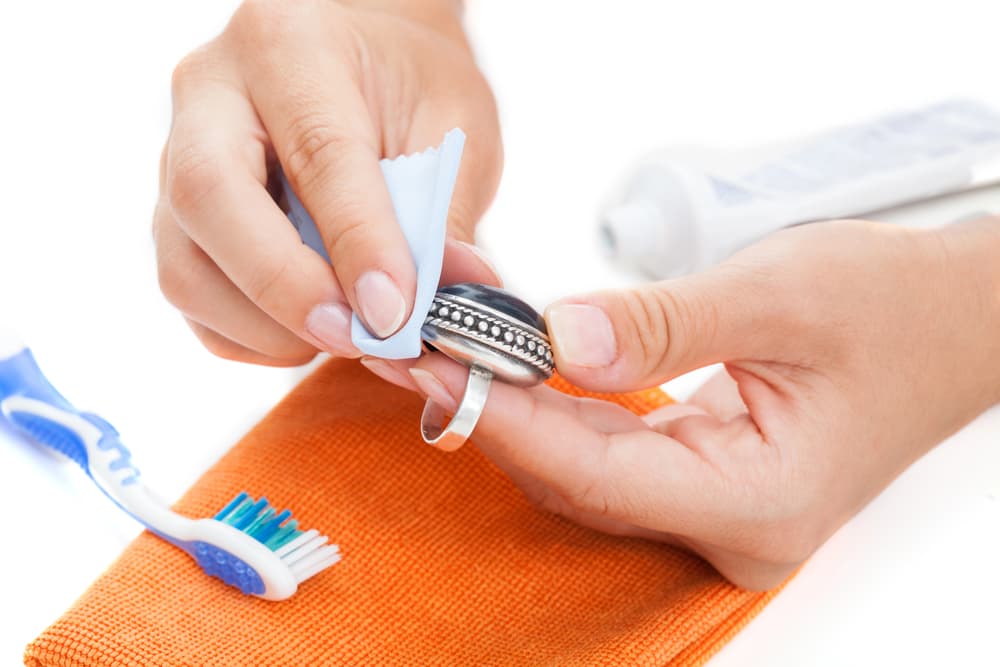Have you ever noticed a greenish tint on your skin after wearing your favorite jewelry? It's a common occurrence that can leave many of us puzzled and a bit concerned. Why does jewelry turn skin green, and more importantly, how do you keep jewelry from turning your skin green?
In this guide, we'll explore the reasons behind this green discoloration, examine which materials are most likely to cause it, and provide practical tips on how to keep jewelry from turning your skin green. Read on to understand and tackle the issue effectively.

Experiencing a green tint on your skin after wearing jewelry is more common than you might think, and it's typically not a cause for alarm. This discoloration is the result of a chemical reaction between the acids in your skin and certain metals found in your jewelry. The primary culprit is usually copper, a metal that is often used as an alloy in many jewelry pieces because of its malleability and beautiful color.
When copper comes into contact with acidic skin secretions, it forms copper salts which are green in color. These salts are then transferred to the skin, leaving behind a greenish mark. This reaction can be influenced by various factors such as humidity, skin pH, and even the lotions or perfumes you use. Understanding this process is the first step in preventing unwanted green stains and ensuring that your jewelry wear is as comfortable as it is stylish.

While copper is the most common metal associated with causing green discoloration, it's not the only one. Various other metals used in jewelry making can also react with your skin or the environment to produce a green tint. Here's a breakdown of some common materials that might leave green marks on your skin:
If you've noticed a green tint on your skin after wearing jewelry, don't worry—it's usually not permanent and can be removed fairly easily. Here are some effective methods to get rid of those unsightly green marks:
Now that we understand the culprits, let's delve into the effective strategies on how to keep jewelry from turning skin green:
One of the most straightforward methods on how to prevent jewelry from turning skin green is to opt for jewelry made from high-quality metals that are less likely to react with your skin. Consider these metals:
If you are wondering how to keep copper bracelet from turning skin green, applying a thin layer of clear nail polish or a jewelry shield can be very effective. This creates a barrier that prevents the metal from reacting with your skin. Use a small brush to coat all areas of the jewelry that come into contact with your skin. Remember to reapply the coating periodically, especially if you wear the jewelry frequently.

Another key tip on how to stop copper bracelet from turning skin green is to clean your jewelry regularly, preferably after each wear or at least weekly. Use mild dish soap and water or specialized jewelry cleaner to remove accumulated oils, lotions, and other substances that can contribute to chemical reactions. This not only helps prevent green stains but also extends the life of your jewelry.

Remove jewelry before swimming, showering, or engaging in activities that cause sweating. Exposure to water and chemicals like chlorine can accelerate the tarnishing of metal, increasing the likelihood of green stains.
Storing your jewelry in airtight containers can reduce exposure to air and moisture, preventing oxidation and tarnish. Use resealable plastic bags or jewelry boxes with tight seals and consider placing anti-tarnish strips or silica gel packets in the container.
So, why does jewelry turn skin green? As we've learned, the main culprit behind this issue is the chemical reaction between metal metals like copper and nickel and your skin's natural oils, sweat, or lotions. Fortunately, there are effective strategies on how to stop jewelry from turning your skin green, such as choosing the right materials and using protective coatings. Keep these tips in mind, and you can continue to wear your favorite items without worrying about green stains.
No, 14k white gold is unlikely to turn your skin green. This type of gold is alloyed with metals like palladium or nickel and then plated with rhodium, which prevents corrosion and oxidation. These characteristics make it a hypoallergenic and durable choice that should not cause discoloration to your skin.
925 sterling silver can sometimes turn your skin green. Sterling silver is an alloy made of 92.5% pure silver and 7.5% other metals, usually copper. The copper in the alloy can react with your skin's natural oils or sweat, causing a greenish tint. This reaction is harmless and can be minimized by keeping your jewelry clean and dry.
Stainless steel, platinum, and rhodium-plated jewelry are affordable options that typically do not turn skin green. These materials are resistant to corrosion and oxidation, which helps prevent the green discoloration often caused by copper in cheaper alloys.
Learn how to make a jewelry box from scratch. Discover the tools needed, step-by-step instructions, and creative ideas to craft a personalized jewelry box.
Read MoreLearn how to organize jewelry effectively. Keep your necklaces, rings, earrings, neat, accessible, and tangle-free with our practical tips and DIY solutions.
Read MoreDiscover how to make breast milk jewelry with our guide. Learn about the materials, tools, and personalization tips to create a unique, meaningful piece.
Read MoreLearn how to make turquoise jewelry with our easy-to-follow steps for earrings, rings, bracelets, and necklaces. Start crafting beautiful pieces today!
Read More